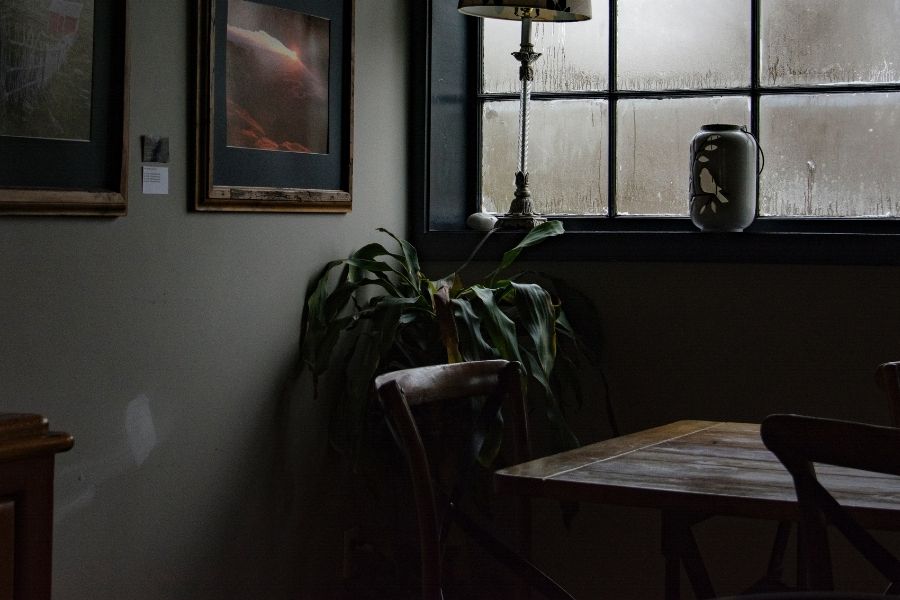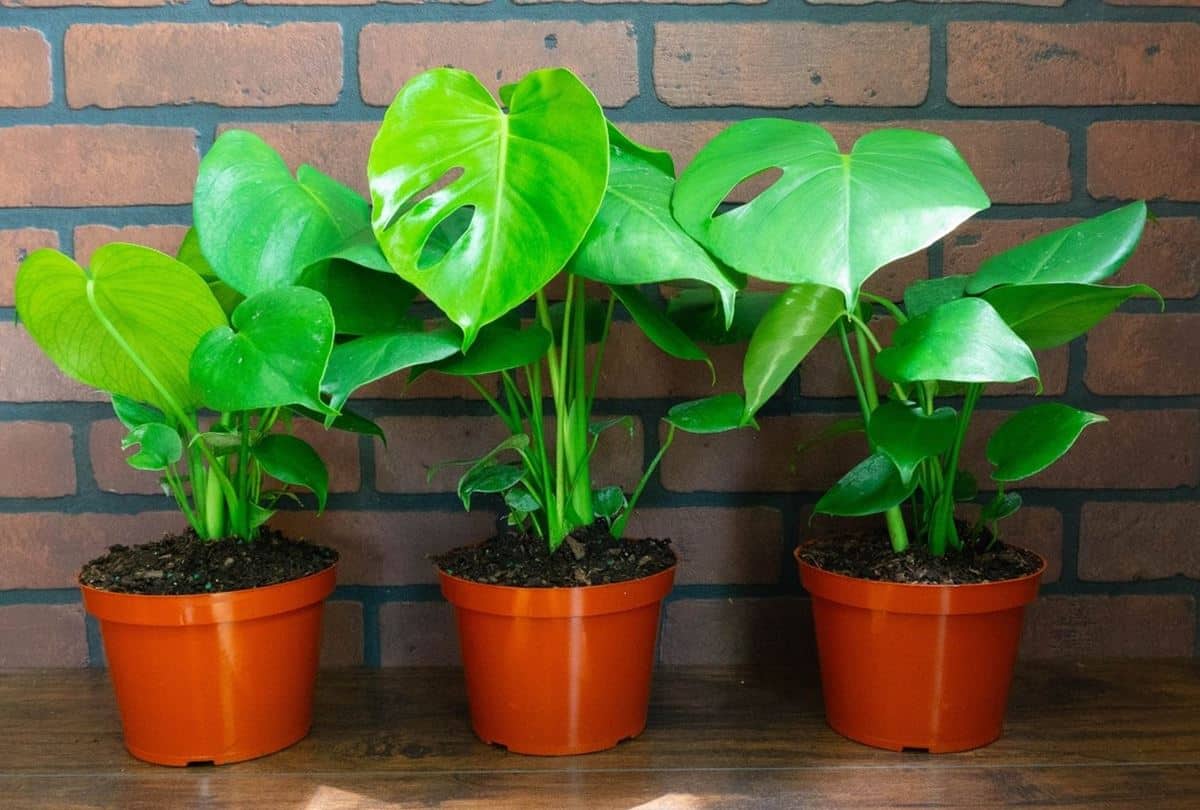
The four most important factors that affect the growth of the plant are light, water, temperature, and nutrients. So, what will happen to a house plant if you keep it in a dark room?
When a plant is kept in a dark room, it will be unable to perform photosynthesis. Without photosynthesis, the plant will not be able to make its own food and the plant will slowly die.
In the rest of this post, I will give you a more in-depth look at what happens when you keep a plant in a dark room and leave it there for a period of time.
Contents
What will happen?
The general rule is that plants need light for survival. Sunlight plays a great role in ensuring the plants’ growth and health. This is because plants need light to perform photosynthesis and make their own food. When you keep a plant in a dark room, the first thing that will happen is that it won't be able to photosynthesis.
Plant owners should make sure that their plants receive the right amount of sunlight to be healthy and grow. Giving your plant less sunlight than it needs will have serious consequences for the plant. The plant is not able to make enough food for itself, which will greatly affect its growth.
It should be noted that even if plants need sunlight, each has a different light intensity that they need. Some might need full sun all day to grow while others can survive with far less light. It all depends on the needs of the plant.
Light, and in particular direct sunlight will cause the temperature of the room and the plant to rise. Some plants are very sensitive to temperature changes and depending on how dark the room is - the temperature changes can make the difference between life and death for a plant. The lower Temperatures can affect the plant in some areas like photosynthesis, transpiration, respiration, germination, and flowering.
When a house plant is kept in a dark room it may survive without sunshine for some time. But after a couple of days, if there is no light at all or far too little, the leaves will turn yellow because there will be less chlorophyll present in the leaves.
Next, the leaves will fall off one after the other because the plant doesn't have enough food to keep all the leaves healthy. Eventually, after a couple of weeks, the plant will die due to a lack of sunlight. Most houseplants can survive in dark rooms for a week. Might live for a couple of weeks but that is exceptional.
This shows that no plant (except for parasitic plants that are not able to make their own food) can grow or thrive without light. Light is important to green plants to help with photosynthesis, which is linked to the health and longevity of the plant.
Photosynthesis is a process that green plants use to make their own food and survive. Keeping a plant in a dark room can be compared to going for a long time without food. If you don't eat for too many days in a row, you will eventually die. The same goes for a plant when it's unable to make its own food, it will not survive for long.
This article will give you an insight into what happens when you keep a plant in that dark room. The effects of keeping plants in a dark room are as discussed below:
Inability to perform photosynthesis
Photosynthesis can be defined as the process by which plants use light energy from the sun together with carbon dioxide and water to make starch and glucose (see photosynthesis formula below).

One of the most important requirements for photosynthesis to take place is light. Without light, plants are not able to perform photosynthesis. Together with water and carbon dioxide, the plants can make their own food. This is because sunlight provides the plant with the light energy needed to start the process of photosynthesis. Where there is limited sunlight, the process of photosynthesis is rather slow.
It should be noted that photosynthesis only occurs during the day. This is because of the availability of sunshine. This process is very important as it’s the only way plants can manufacture their own survival food.
When a plant is kept in a dark room, it will be unable to perform photosynthesis. Without photosynthesis, the plant will not be able to make its own food and the plant will slowly die.
Affects plant growth
A plant that is kept in a dark room survives maybe for two weeks at max but not forever. This is because the growth of the plants is dependent on the conditions like water and sunlight. Sunlight is an important requirement for plant growth because plants need sunlight to make their own food.
A dark room does not have any light conditions required to facilitate plant growth. A lack of sunlight (or special growing LEDs) makes the plant grow weak.
A plant in a dark room becomes unproductive. It is unable to perform its duties which include producing its own food for survival and growth. This causes it to wither or become stunted. Thus houseplants' growth will be greatly affected by the amount of light it perceives.
Temperature can affect plants' health
Some plants do not grow well under some temperatures. Dark rooms have low temperatures compared to the temperature of a room where there is a lot of sunlight. Light emits heat that facilitates the growth of the plant.
Temperature affects the growth of the plant in numerous ways. In particular, the heat of the sunlight affects photosynthesis in which plants make oxygen from water and carbon dioxide. Heat also affects respiration, in which plants use oxygen to produce carbon dioxide. Furthermore, the temperature will also affect the transpiration of the plant - this is the process of water movement through the plant.
When the temperature rises (up to a point), these three processes (photosynthesis, respiration, and transpiration) will increase and the plant will grow.
But the opposite is also true when the temperature around the plant drops, the rate of processes will decrease. Keeping a houseplant in a dark room, where there is less heat present, will result in a slower-growing and unhealthy plant.
Leaves will turn yellow
When the plant is kept in a dark room, its leaves can begin to turn yellow, page green, or yellowish-white. This shows that its growing conditions are poor. For plant growth to take place certain conditions are a must and one of them is the availability of sunlight.
The cause of the leaves turning a different yellowish or pale color is because there is too little chlorophyll present in the leaves. Chlorophyll is a pigment that is needed inside the leaves to perform photosynthesis. When there is no light the plant adapts by making less chlorophyll which results in the leaves turning yellow or pale.
This may serve as a warning to you to place your plant in a place where it can access light.
Leaves will fall off and the plant will die
Not long after the leaves of the plant turned completely yellow, they will turn brown and fall off. It is seen by the plant leaves turning from green to yellow.
Lack of sunlight makes the absorption of water difficult. You might keep watering the plant but without the sun the plant is unable to perform its roles well. The rate of evaporation in the plant becomes slow or less yet the soil will stay moist. This makes the soil logged with water. Waterlogging causes the plant's roots to rot. If the roots of the plant are rotting, the plant dies will slowly.
Plants kept in dark places can hardly access any sunlight. As you know by now, plants use sunlight to make their own food. When the plant is in a dark room, it cannot photosynthesize and has not enough food left for the leaves to be healthy. Eventually, the plant dries up and dies due to a lack of sunlight.
When the plants' leaves turn yellow and start dropping off consider putting it in a place where it receives more sunlight (at least if you want your house plant to be healthy). Light rooms or places where the plant can access sunlight are the best for plant growth.



Leave a Reply